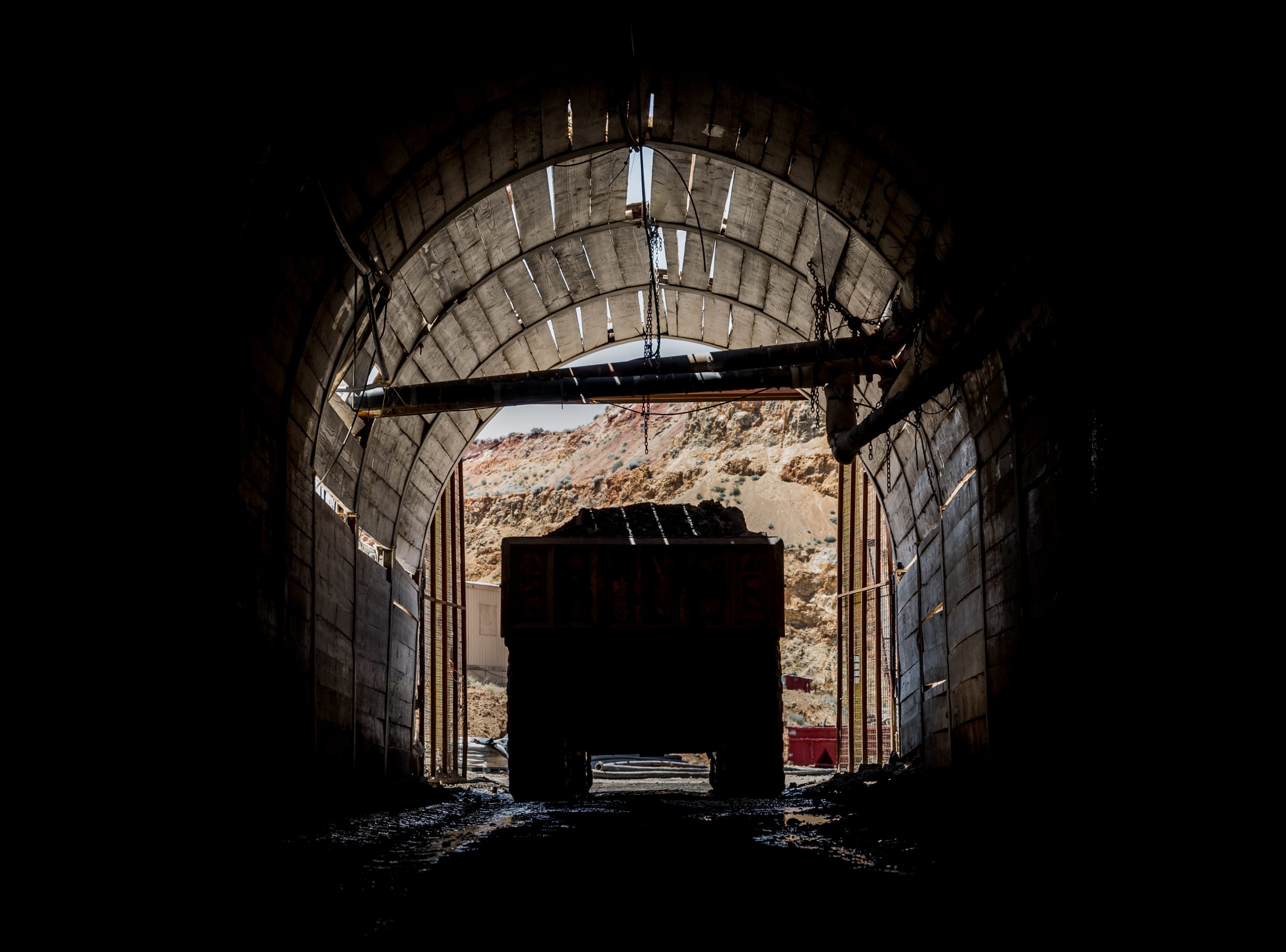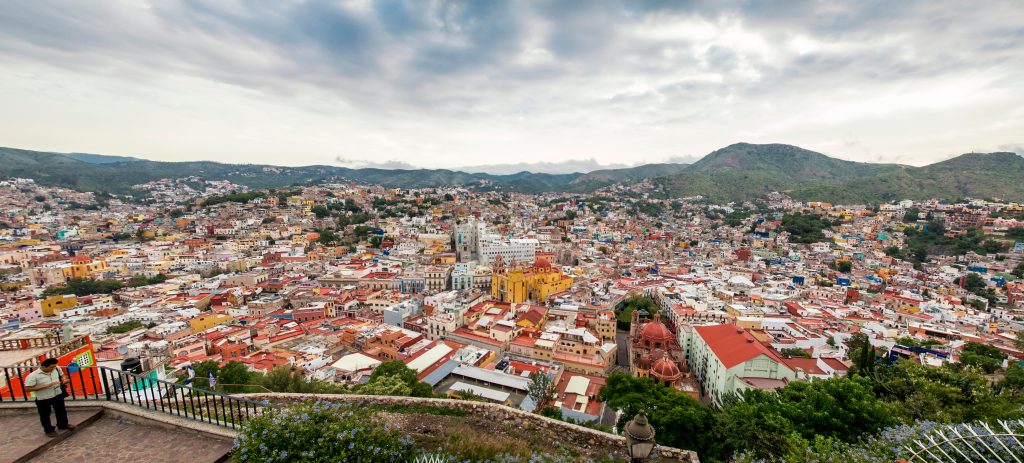Photography as a Value Add on a Video Project

When shooting virtual reality or video projects, one of the best value adds I can think of offering clients is photography. It’s also one of the main reasons we so often default to DSLR cameras: With a great camera like the Canon 5D Mark IV you can shoot fantastic quality video right out of the camera; why not switch to photo mode and grab a few stills between video shots?
I’m not suggesting to do this free of charge. Your talents as a photographer have value and that’s something many clients will be willing to pay for. Think of it this way: Many companies need quality photography as badly (if not more so) as they need video. Across the web, websites abound with poorly composed cell phone quality photos and image galleries filled with blurry or pixelated images. So why not offer a fix to clients who have a need.
With that said, if you do go down this road it’s wise to plan out your shoots carefully: Switching from video to photography isn’t always as easy as it sounds. They main drawback is that it adds significant time requirements to your shoot day. Video, VR and photography are very different art forms that require different considerations. A few in particular come to mind such as ND Filters and shutter speed, composition and subject, and getting the job done.
ND Filters
When shooting video in bright situations in particular an ND filter is often essential for creating video footage with a pleasant depth of field. (Here’s a great starter article on ND filters by BH Photo Video.) So you throw on your favourite ND filter. Now you switch back kover to photography and the ND filter is suddenly working against you because you usually will want a faster shutter speed for photography, lest you wind up with blurry imagery. It only takes a few moments to unscrew the ND filter and put it away but when you’re under the gun trying to get things done on a shoot day those moments add up quickly. Worse, from time to time I’ll forget to remove the ND filter and wind up cranking up my ISO creating some unintentionally interesting and very grainy photographs.
Composition and Subject
A lot of the video projects we do at Bighouse Productions require the use of documentary-style, unplanned shots. When you’re working on industrial projects, it’s often not possible to ask people for a “re-do”. This means that you often get what you get. For example, when shooting a blast at a mine site, you probably need to decide: Is it going to be video or photography. If the client has flown you to a mine site in the Yukon to shoot a Year in Review Video (as in the video below), you don’t want to blow it by spending too much time trying to get a nice photo of the blast.
Getting the job done
So you focus on the main job at hand and then offer a “best efforts” value add in the photography department and in my experience that usually turns out just fine.
One of the best things you can do to make sure you get the job done is to have a well planned shot list for both video and photography. Once you have the list, send that to the client to be sure they are also on the same page. It’s really common for the client to see the list and make changes that could impact the success of the project one way or the other. Be sure to discuss any potential issues with the client before the shoot. IE if a requested photo will add several hours to the day’s shoot due to logistical issues, it’s probably best to look for a different way to get that shot, such as with a drone.

Sometimes it’s not worth spending hours travelling to grab a photo that will negatively affect the rest of the project.
